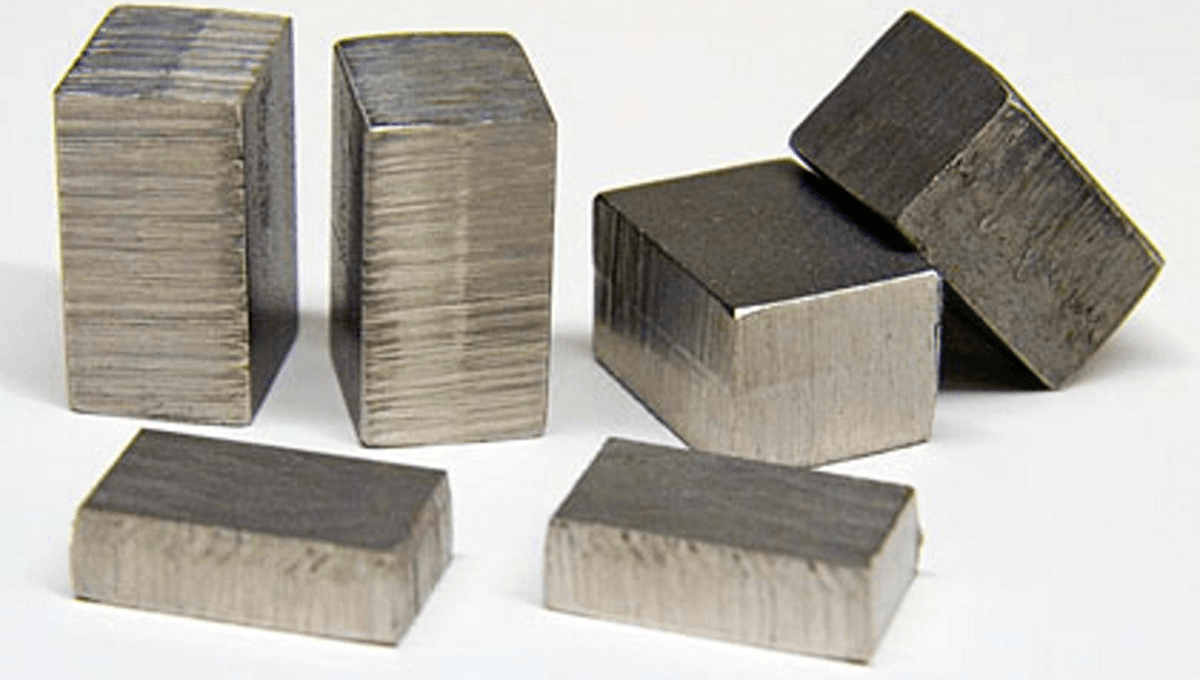
When you heat things, they expand. It’s why hot air rises and bridges sometimes buckle on very hot days. There’s an exception – crucial for much of life on Earth – for water at temperatures close to freezing, but otherwise, the pattern is close to universal. In 1895, Charles-Edouard Guillaume discovered a mixture of iron and nickel represents another exception, which has only now been explained. The answer could have some applications in precise instrument manufacturing and infrastructure building.
Ice, unusually for a solid, is less dense than the liquid from which it freezes, and water colder than 4°C (39°F) needs to expand to approach this point as it cools. That’s not the case for the alloy Guillaume discovered, known as Invar, nor some others collectively known as invars. For one thing, unlike cold water, invars don’t shrink as they are warmed up, they just stay the same size. They also do it over a much wider temperature range than water’s 0-4 °C anomaly.
What is even stranger is that iron and nickel both expand like other self-respecting elements when heated, as do most combinations of the two metals. It’s only in specific ratios, such as 13 iron atoms for every 7 nickel atoms, that no change occurs as heat is applied. The same effect has been demonstrated in a handful of other alloys, such as the right ratios of iron with lead or platinum.
Stefan Lohaus is a Caltech graduate student who has been working on the anomaly. To explain it, Lohaus and his supervisor Professor Brent Fultz had to go back to the cause of most materials’ expansion. Heat is related to entropy, the amount of disorder in a system. If a material’s temperature rises, its atoms engage in increased random motion which, in the ordinary course of events, forces them further apart
Invars, as far as we know, all have one of the small number of ferromagnetic elements as their primary ingredient, suggesting magnetism is part of the explanation. Guillaume won the 1920 Nobel Prize for Physics for noticing this, as well as his original discovery, but he was never able to fully explain how magnetism produces the effect.
“We decided to look at that because we have this very neat experimental setup that can measure both magnetism and atomic vibrations,” Lohaus said in a statement. The setup involved squeezing Invar up to 200,000 times atmospheric pressure using diamond anvils and passing X-rays through to track how much the atoms vibrated.
Magnetism (in case Insane Clown Posse wants an answer) results from electron spin states. The team found that magnetic effects order the behavior of Invar’s atoms in a way that balances out the entropy from extra heat. When cold, the electrons in the Invars’ outer shells have common spin states, pushing them – and therefore their atoms – apart.
At higher temperatures the order breaks down, with some electrons flipping to the opposite spin state, allowing atoms to get closer together. The extent to which this happens precisely balances the rate at which the atoms’ vibrations push them apart. The relationship holds because atomic vibrations are not continuous, but instead operate in quantized modes known as phonons.
“There are literally thousands of publications trying to show how magnetism causes contraction, but there was no holistic explanation of the Invar effect,” Lohaus said.
The relationship breaks down at pressures above 3 Gigapascals, but since that is almost 30,000 times atmospheric pressure or almost a hundred times what crushed OceanGate’s Titan, it’s not usually an issue in everyday life.
Invar behavior can be quite useful. Hot temperatures cause serious problems when metals expand more than was expected, something that is happening increasingly frequently. Climate disasters are when it’s most important for infrastructure to keep working, and alloys that are not heat-sensitive can play a part in that.
Although we don’t need to understand why they work to use them, it certainly gives a greater sense of confidence in what once seemed suspiciously like magic. Moreover, Lohaus, Fultz, and co-authors expect their work will improve our understanding of thermal expansion in other materials capable of magnetization.
The study is published open access in the journal Nature Physics
Source Link: We Finally Know Why Some Alloys Don’t Expand When Heated